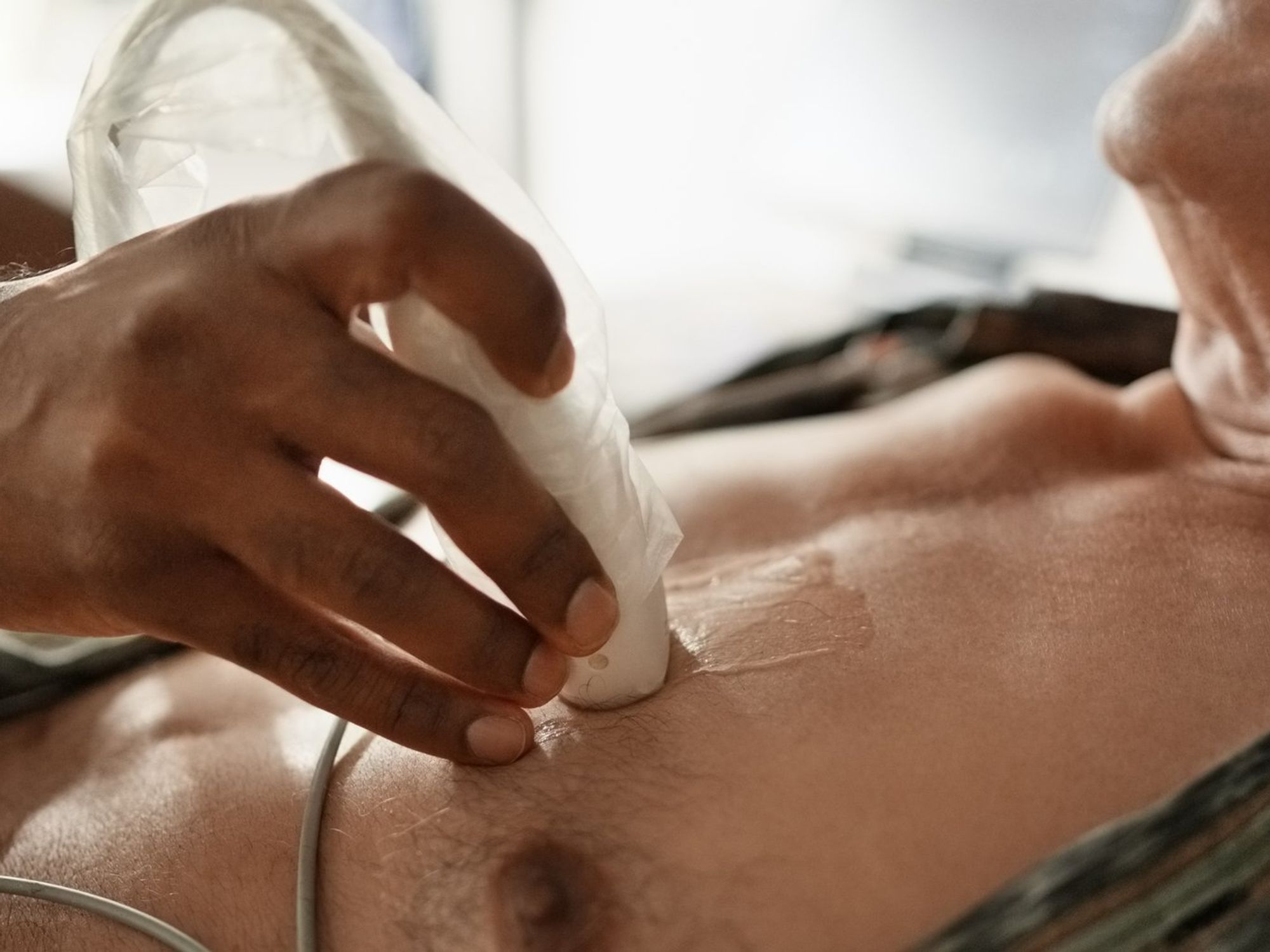What virologists know about the Summer Covid FLiRT variant that is rampaging across UK, US and Europe

The FLiRT variant is a descendant of JN.1
|Getty

A new Covid variant from the "FLiRT" family is driving up infection rates across the world
Don't Miss
Most Read
A fresh summer wave of COVID-19 is spreading across the globe as a hyper-contagious variant pushes infection rates.
The new strain called KP.3 is part of the FLiRT family of coronaviruses, a nickname used to describe a whole family of different variants.
They are a spin-off from JN.1- a variant that could transmit efficiently through an additional one or two mutations.
Across the pond, Covid cases are rising in 34 states and territories, according to the Centers for Disease Control and Prevention (CDC).

In the UK hospital admissions rose by 24 per cent in one week, from 2.67 people per 100,000 to 3.31 per 100,000
|Getty
In the UK, a June report showed hospital admissions rose by 24 per cent in one week, from 2.67 people per 100,000 to 3.31 per 100,000, according to the UK Health Security Agency.
Andy Pekosz, PhD, a professor in Molecular Microbiology and Immunology has explained what the new strains mean and how people can best protest themselves this summer.
The professor explained that the mutations referred to as "FLiRT"s are specific positions in the spike protein, which in this case are positions 456, 346 and 572.
The spike protein is a crucial protein on the surface of SARS-CoV-2 giving the virus its spiky shape to attach to cells.
Pekosz said SARS-CoV-2 mutations are frequent to evade recognition by antibodies, but this can weaken their ability to bind to cells they want to infect.

Some symptoms of Covid include a sore throat, runny nose, coughing, head and body aches, fever, congestion, fatigue
|Getty
But now, we are seeing more mutations with improved binding abilities appearing.
Experts say that if you were infected by the JN.1 variant, you could still be infected by KP.2- especially if it has been a few months since you had Covid.
LATEST NEWS:
KP.2 and KP.3 could also infect people who got the most up-to-date vaccine, since that shot targets XBB.1.5, a variant that is different from JN.1 and its descendants.
Nevertheless, the shot still does provide a little protection, especially against severe diseases.
At this point, there is no reason to believe that the new strain of Covid could cause more severe illness, however, people over the age of 65, pregnant or who have respiratory issues should take more caution.
When it comes to symptoms, there is nothing new or different with these variants.
Symptoms continue to include a sore throat, runny nose, coughing, head and body aches, fever, congestion, fatigue and sometimes shortness of breath.
Some less commonly known symptoms of Covid include diarrhoea, nausea and vomiting.










